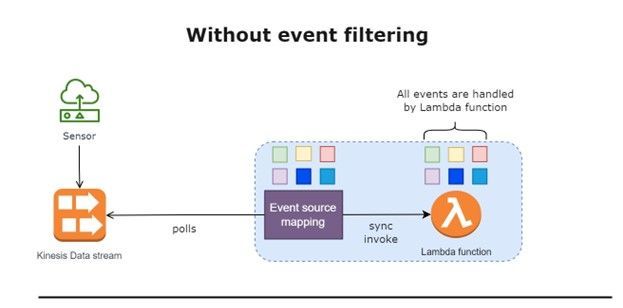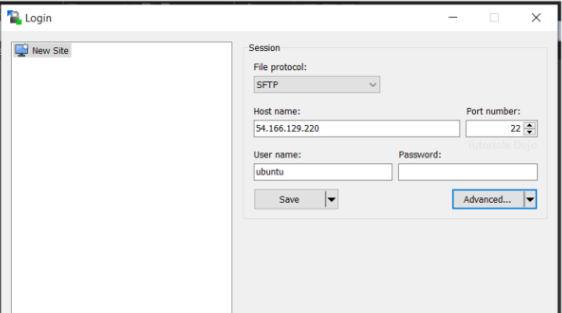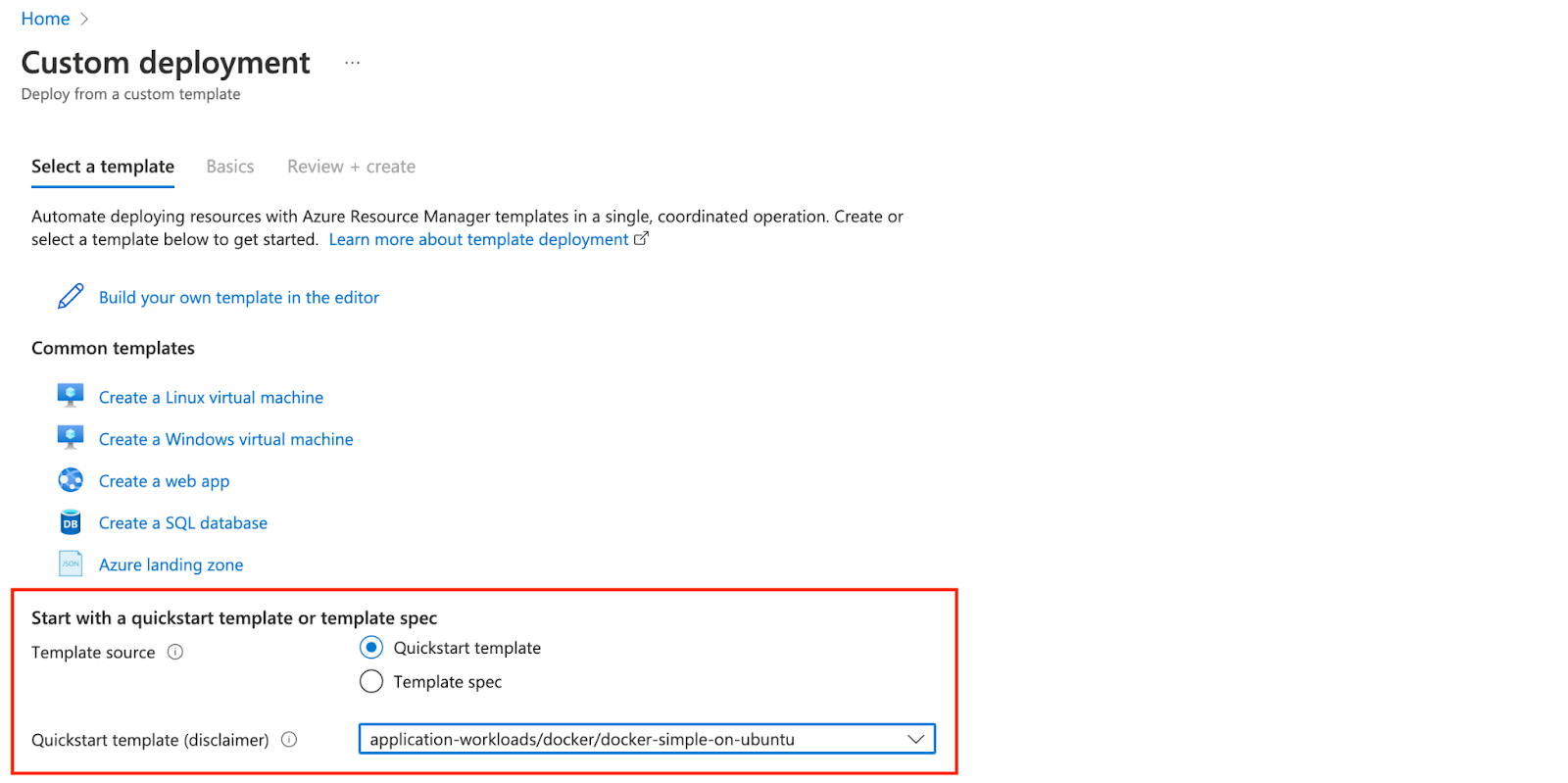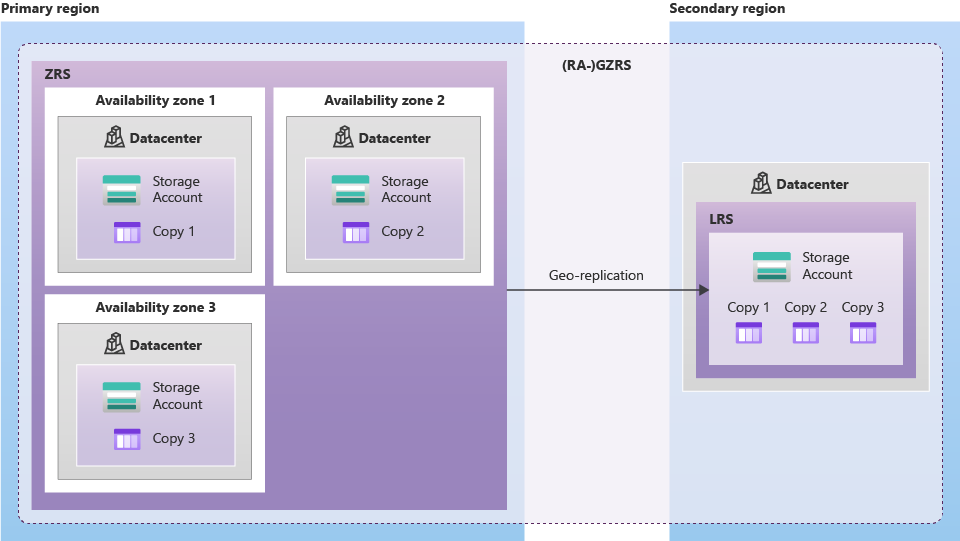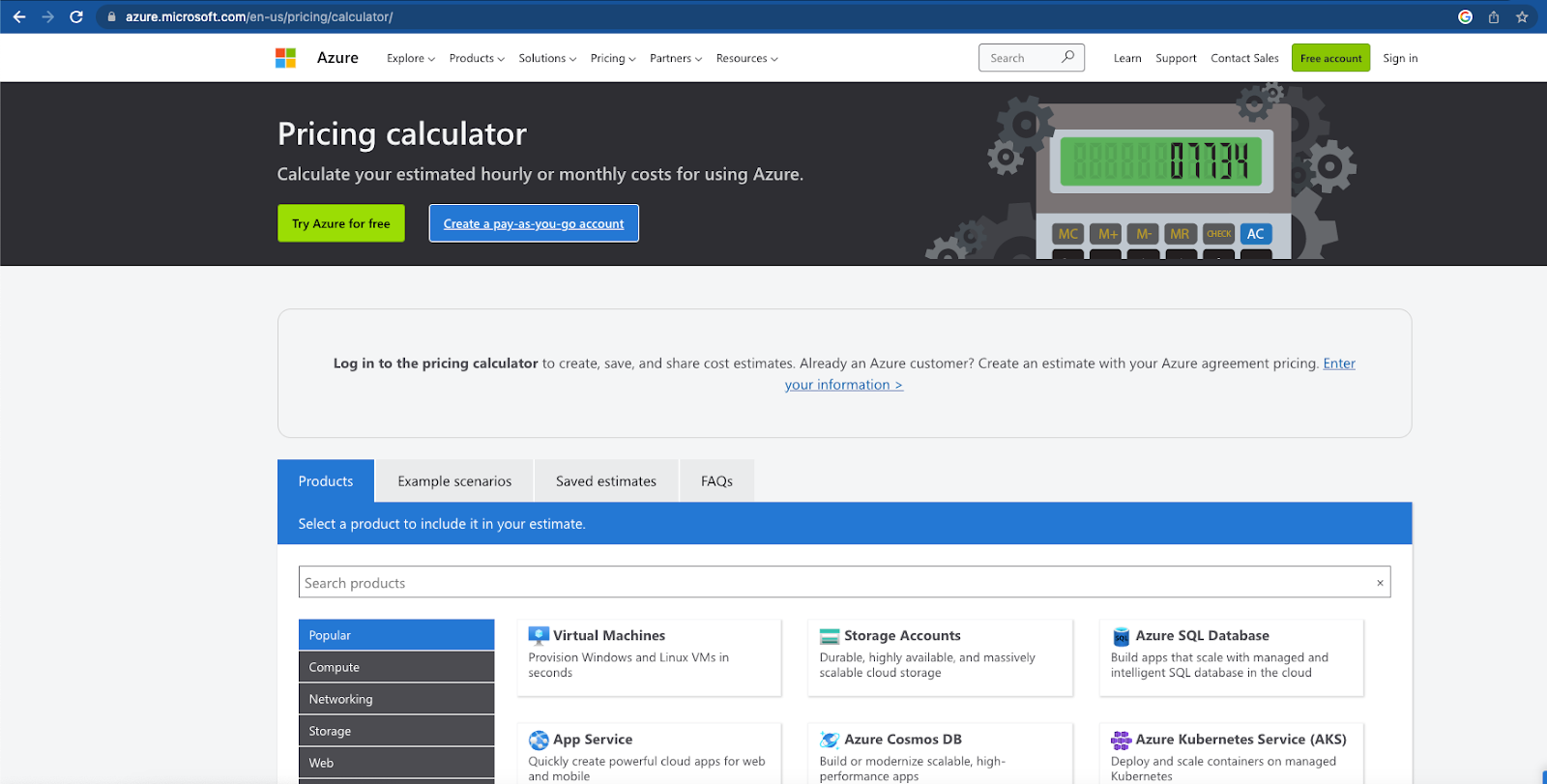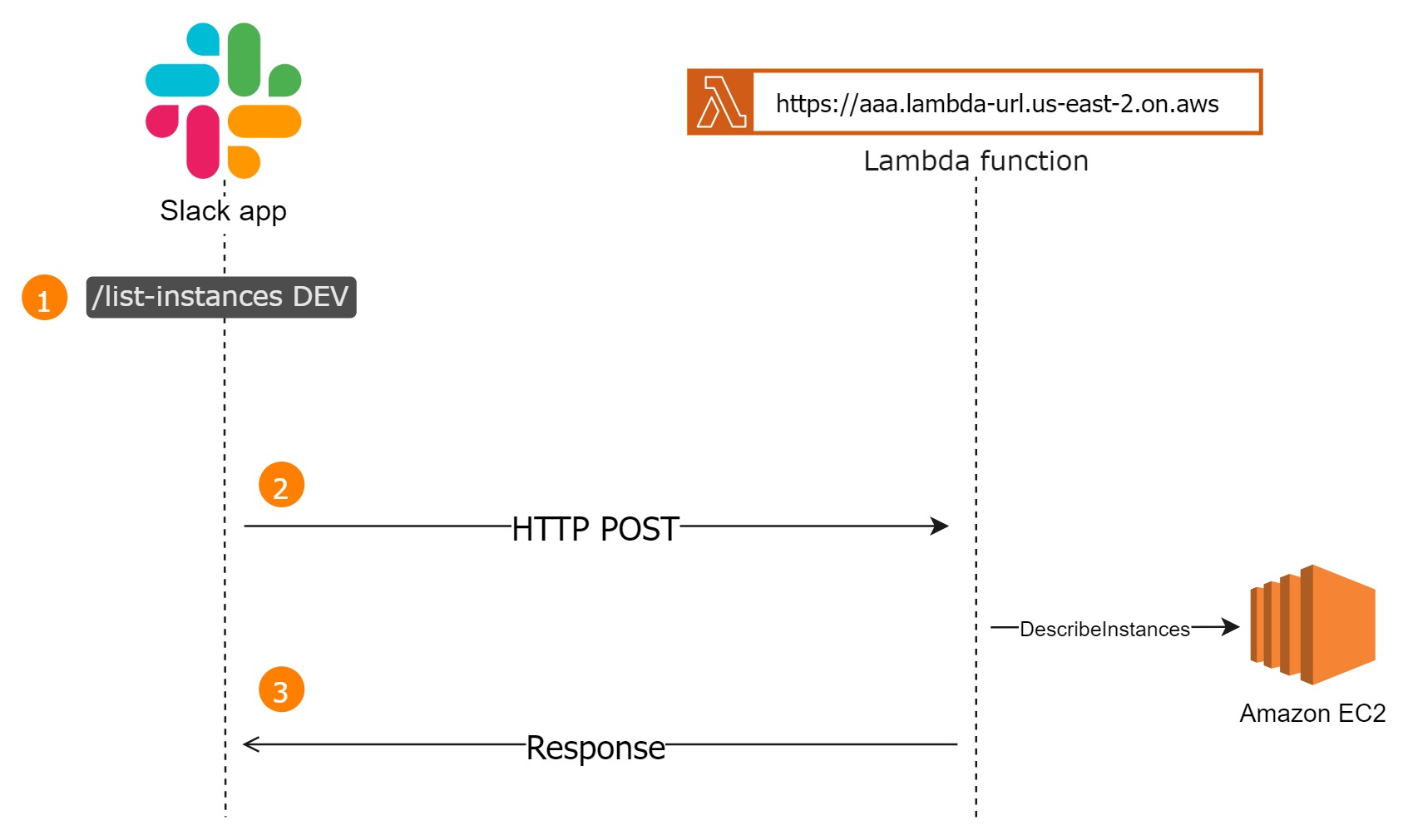Reduce The Cost Of Your Lambda Functions With Event Filters (Part 1 of 2)
Carlo Acebedo2023-04-27T03:17:39+00:00Problem statement You are primarily billed based on how long your Lambda functions run and how often it is invoked. This is why AWS Lambda is great for scheduled jobs, short-duration tasks, and event-based processes. But does this mean you shouldn’t use them for high-volume traffic applications? Well, the short answer is... it depends. Whether or not to use AWS Lambda for high-volume traffic workloads ultimately depends on the requirements of your application and the cost trade-off you're willing to make. Regardless, if you ever find yourself wanting to use Lambda in a high-activity application like stream processing, it’s good [...]

